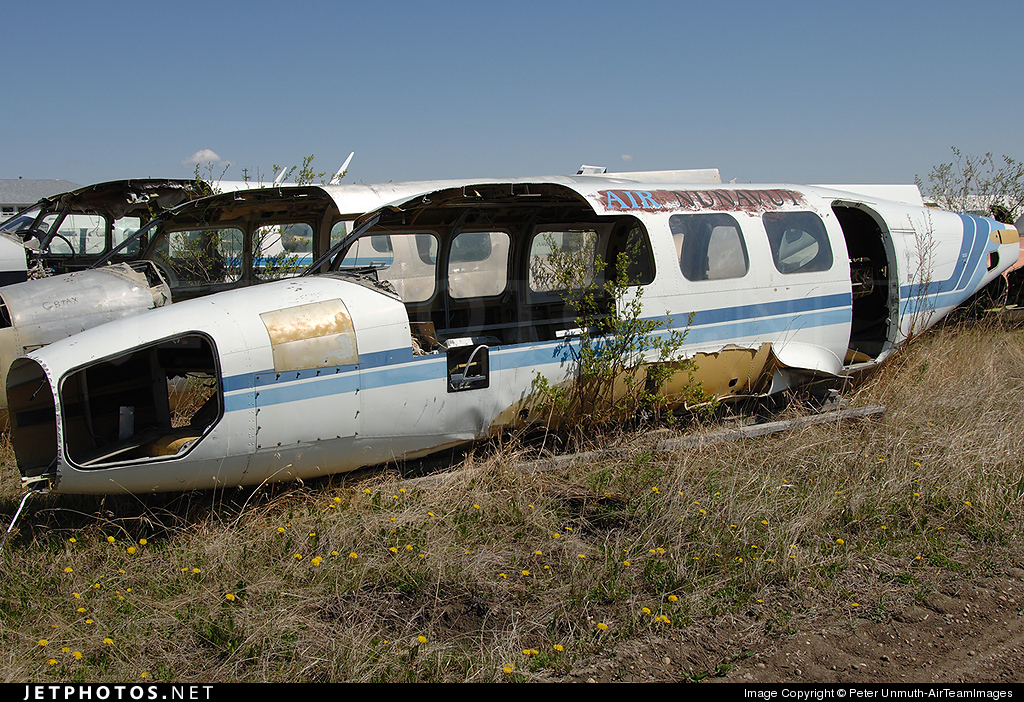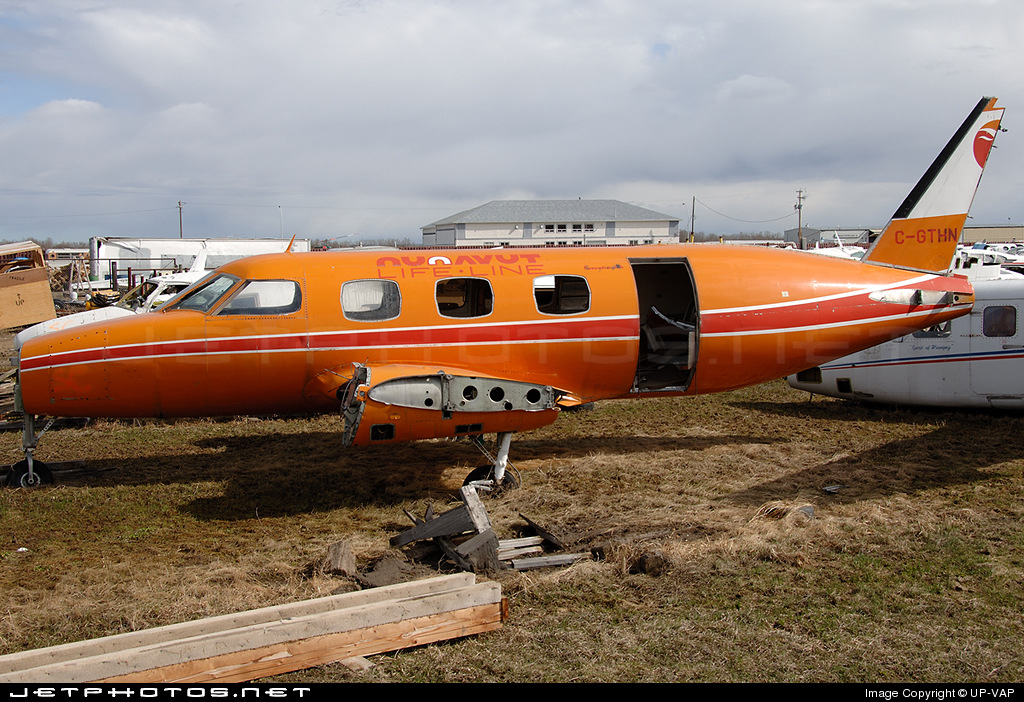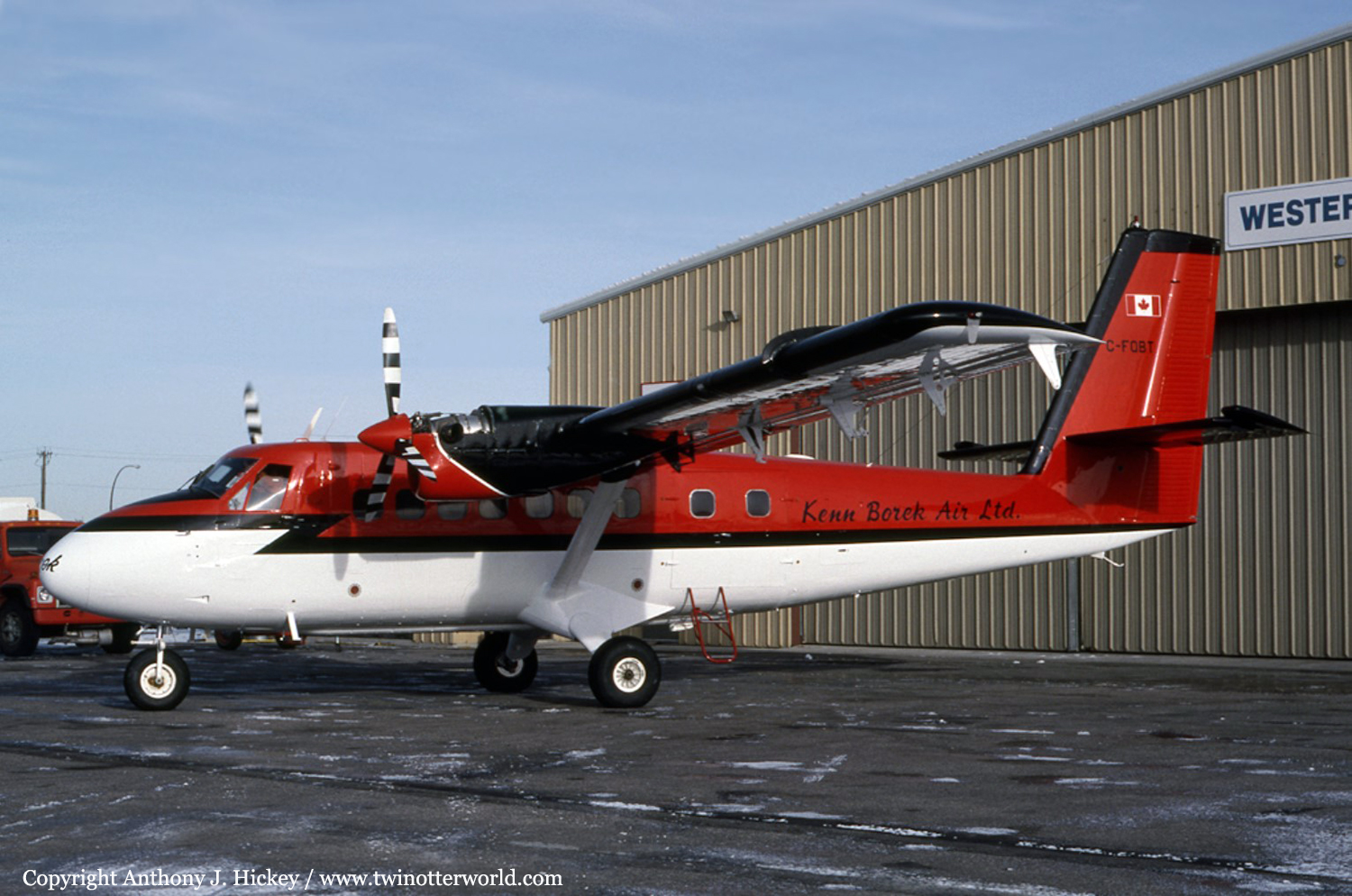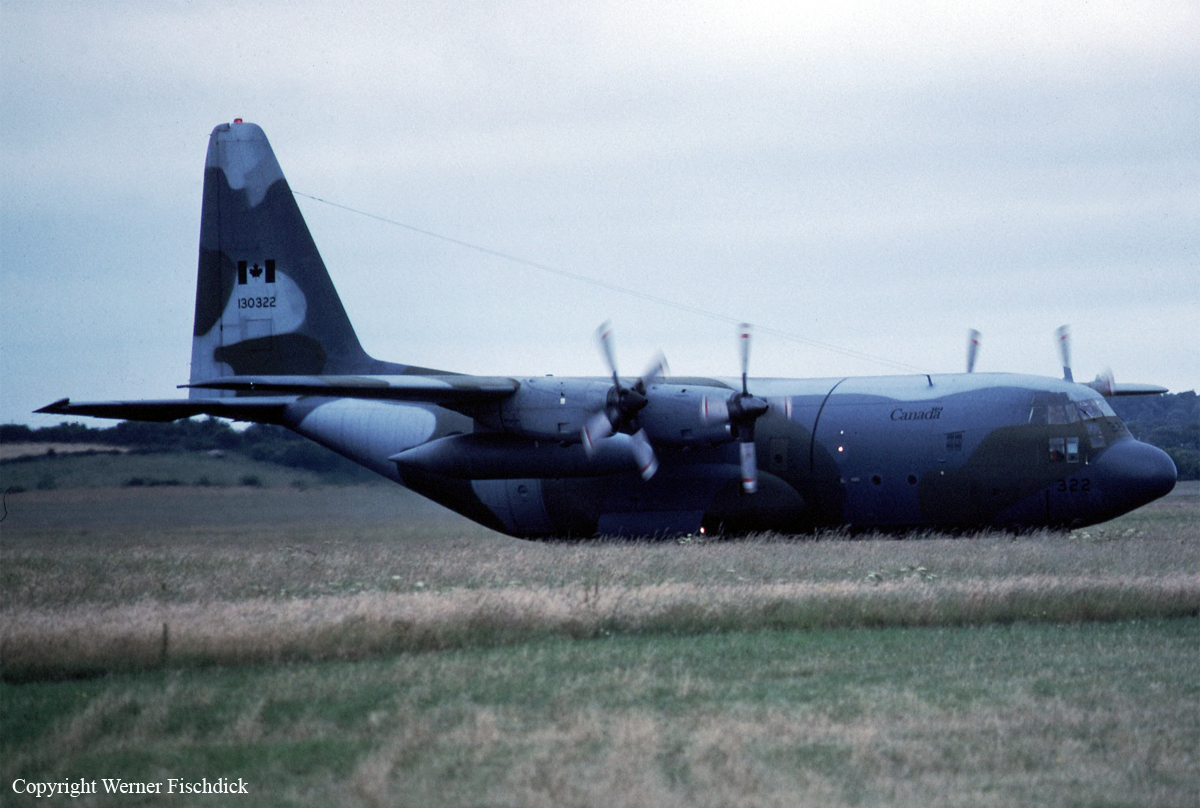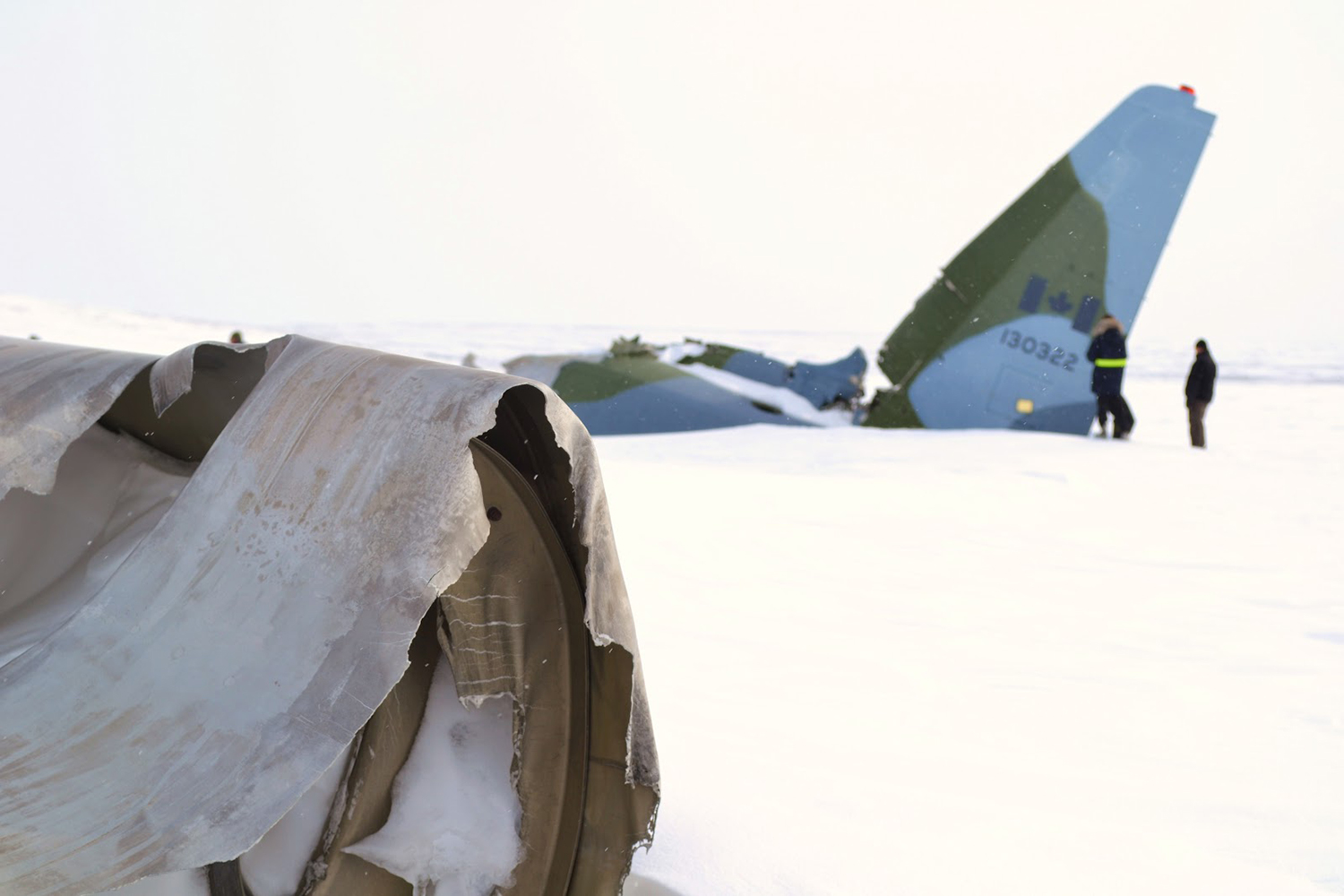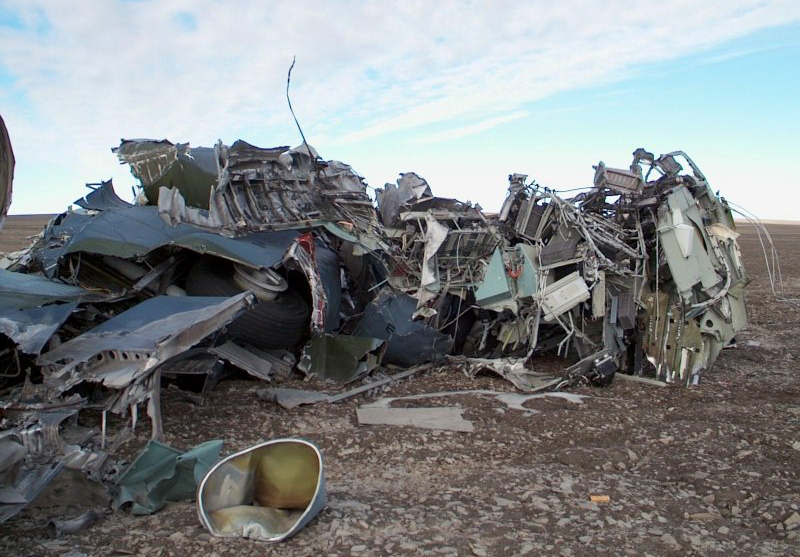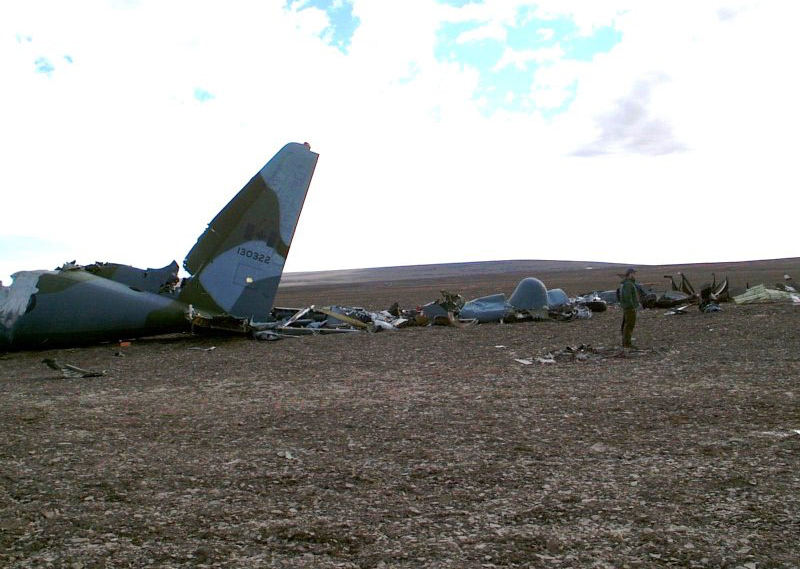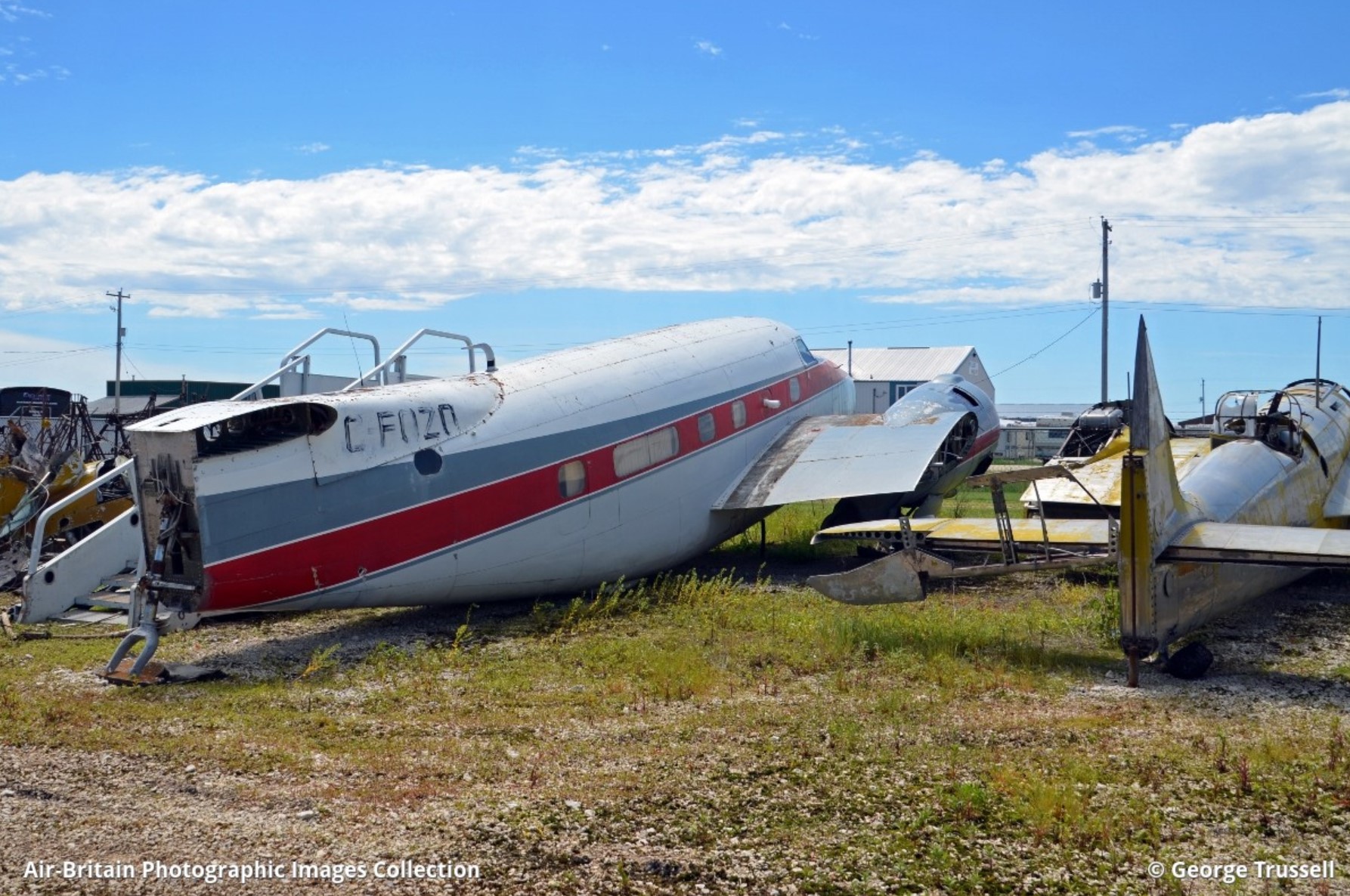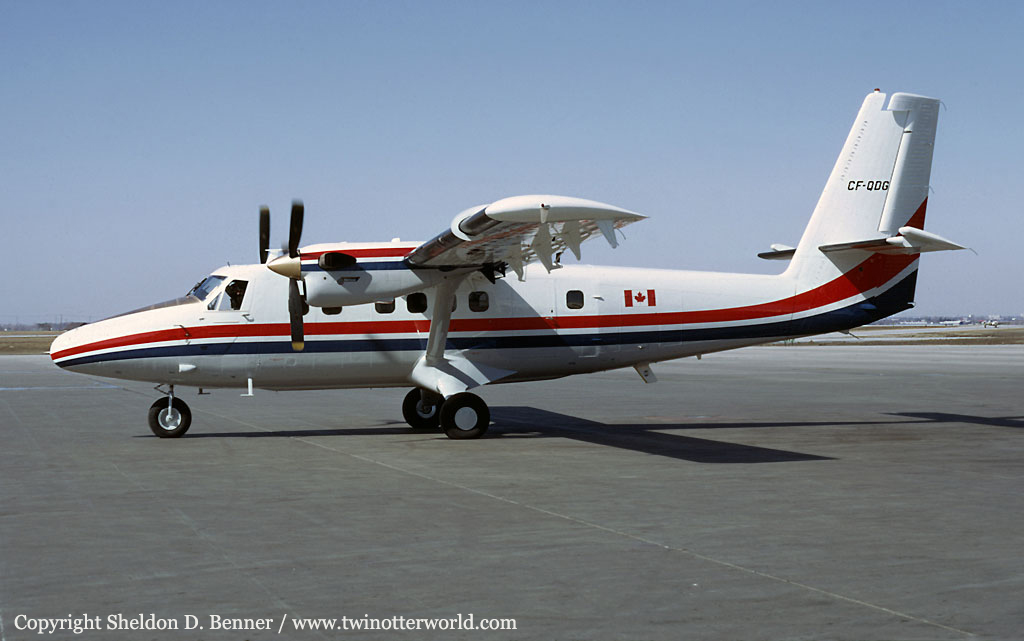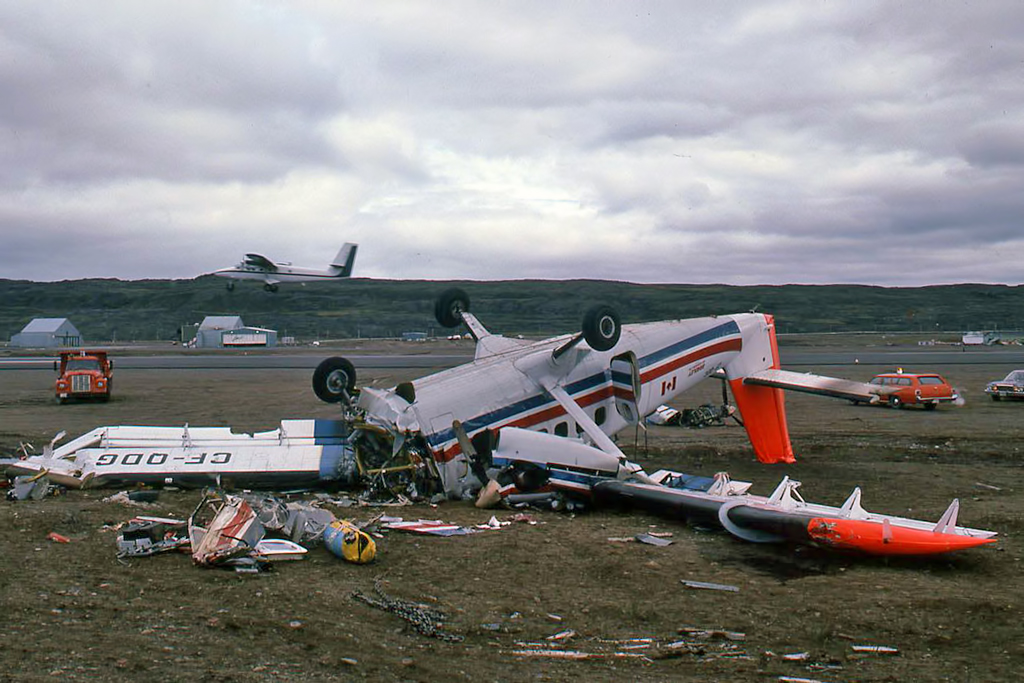Crash of a Piper PA-31-350 Navajo Chieftain in Sanikiluaq
Date & Time:
Jan 20, 1998
Registration:
C-FDNF
Survivors:
Yes
Schedule:
Sanikiluaq – Iqaluit
MSN:
31-8252042
YOM:
1982
Crew on board:
2
Crew fatalities:
Pax on board:
2
Pax fatalities:
Other fatalities:
Total fatalities:
0
Captain / Total hours on type:
1000.00
Circumstances:
The Piper Navajo Chieftain PA-31-350, serial number 31-8252042, was on an instrument flight rules (IFR) flight from Sanikiluaq to Iqaluit, Northwest Territories. Two pilots and two passengers were on board. After checking the runway condition and weather, the pilot commenced his take-off run on runway 27. After take-off, the pilot saw flames coming out of the right engine cowl. The right engine was shut down but the aircraft could not maintain a sufficient rate of climb, and it crashed on flat, snow-covered ground about one mile from the end of the runway. The aircraft sustained substantial damage on landing. After the aircraft came to a stop, the occupants evacuated via the left front door and walked back to the airport terminal for shelter and assistance. There were no injuries. The occurrence happened at night in instrument meteorological conditions.
Probable cause:
A modification to the cabin heating unit inconsistent with the manufacturer's recommendations and aviation regulations caused an engine fire in the right engine cowl during the initial climb. The pilot shut down the engine, but the aircraft could not maintain a positive rate of climb and crashed to the ground.
Final Report:
